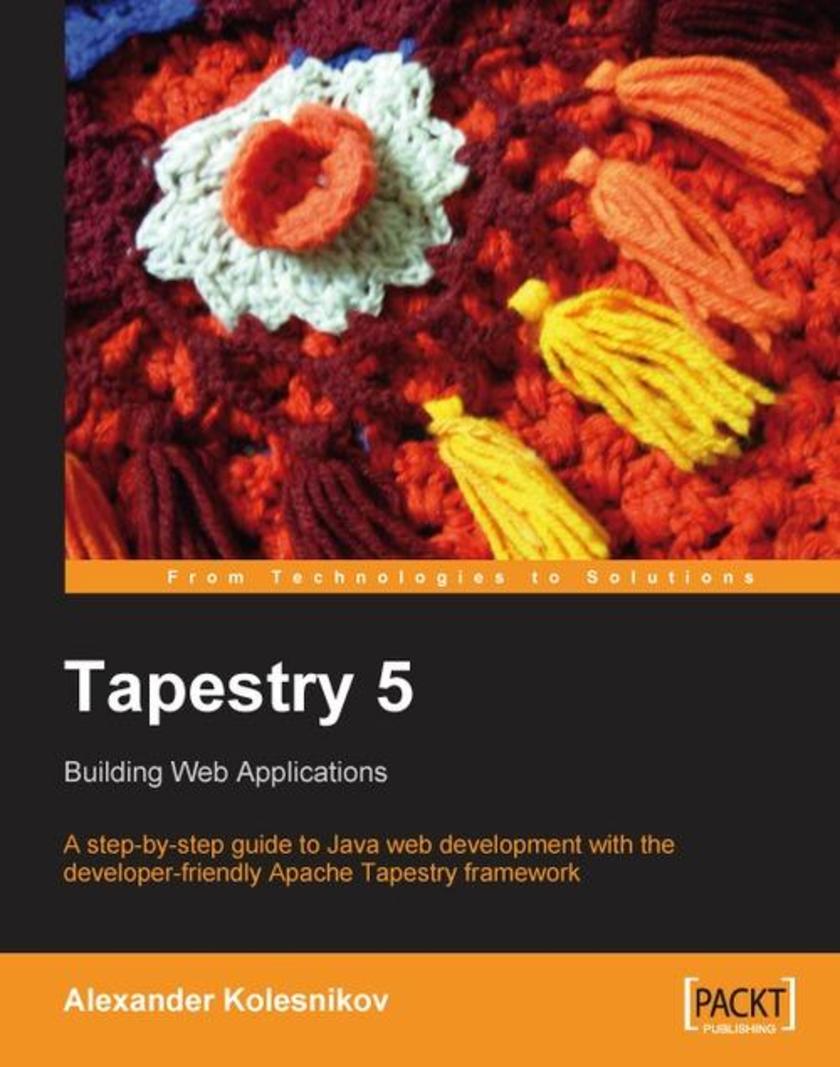
Tapestry 5: Building Web Applications
¥71.93
This book is for those who want to build sophisticated Java web applications quickly and easily. It assumes that the reader is reasonably comfortable with the Java programming language, but no knowledge of web technologies is needed. For experienced Servlet, JSP, or Struts developers, the book will show an alternative way that will allow them to raise their productivity to an incomparable level. With this book you will see that a contemporary component-based framework can be easy to learn and a pleasure to work with.
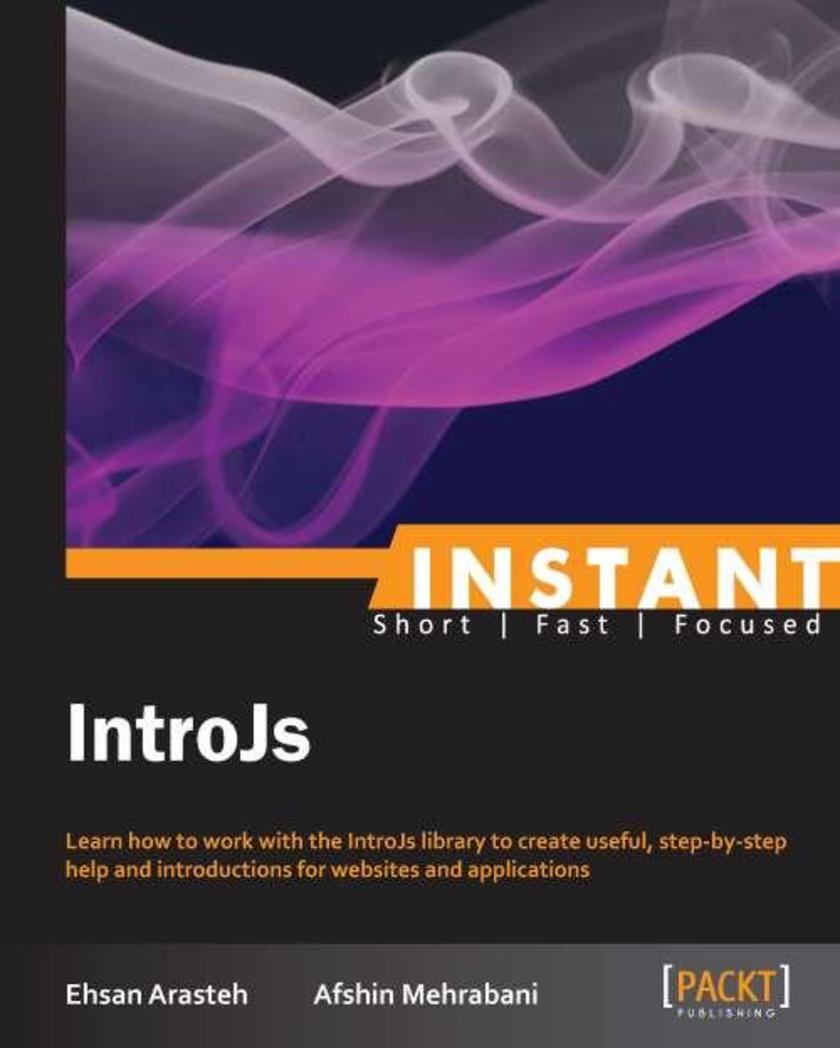
Instant IntroJs
¥41.41
Get to grips with a new technology, understand what it is and what it can do for you, and then get to work with the most important features and tasks. A simple starter that will guide you through IntroJs from scratch to advanced topics using a simple step by step approach with useful examples along the way.This book is for web designers who want to create an interactive step-by-step introduction for showing specific or all parts of an application or website to users. Basic JavaScript programming and knowledge of HTML and CSS is required. No knowledge of any other JavaScript libraries is needed.
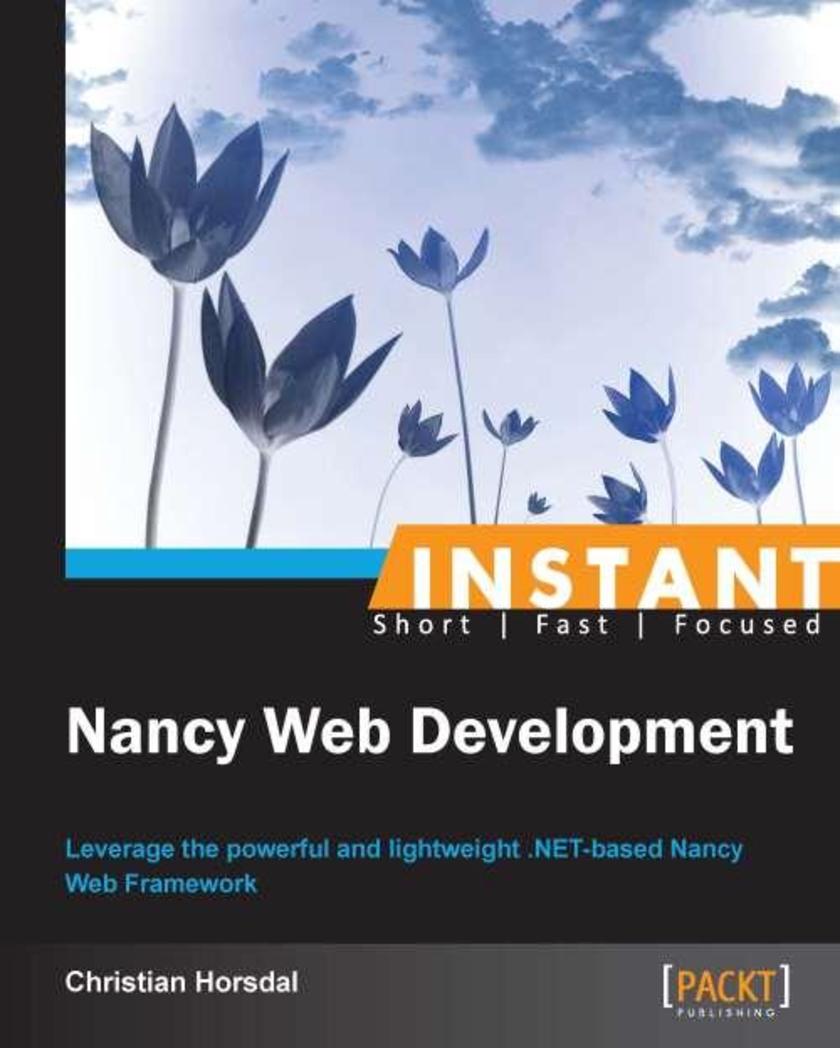
Instant Nancy Web Development
¥41.41
Filled with practical, step-by-step instructions and clear explanations for the most important and useful tasks.A practical, step-by-step guide featuring recipes that will get you up and running quickly with Nancy.A practical, step-by-step guide featuring recipes that will get you up and running quickly with Nancy.If you are a .NET oriented web developer who is curious to find out what lies beyond the Microsoft provided frameworks, then this book is for you! It’s beneficial to have a good knowledge of C# and .NET, as well as a basic working knowledge of HTTP. If testability is important to you, and you’re looking for a lightweight, code focused approach to building web applications, this book offers you all the guidance that you will need.
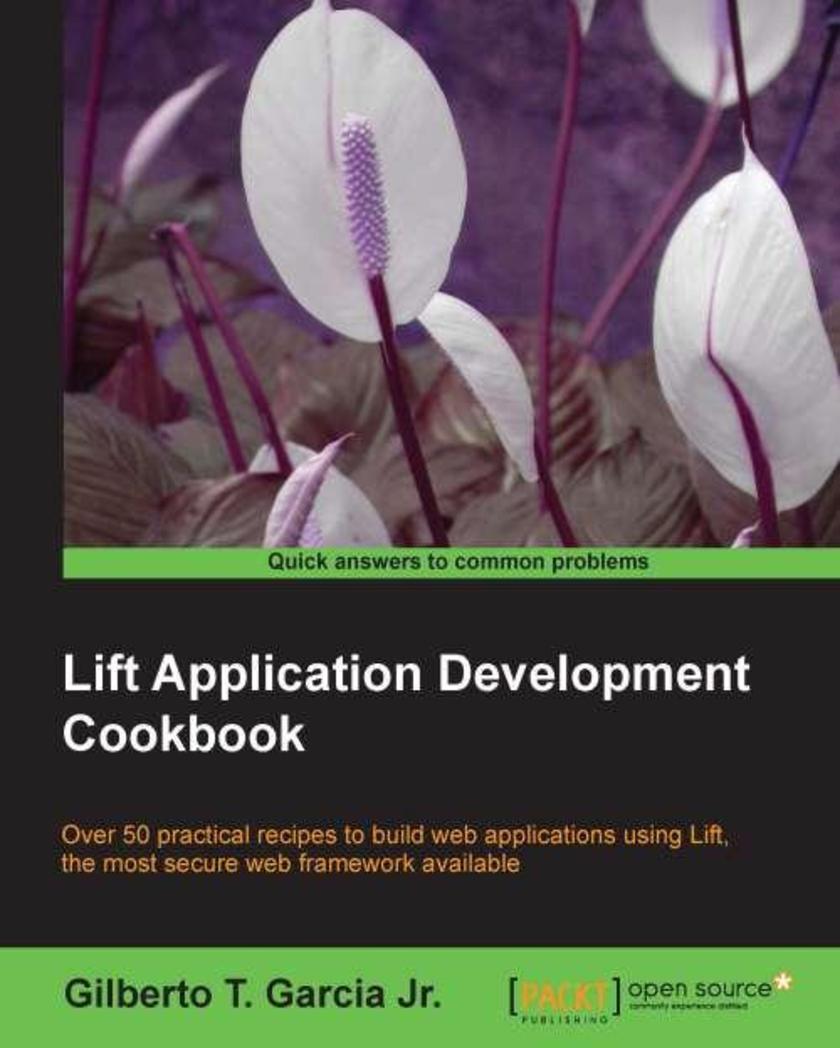
Lift Application Development Cookbook
¥80.65
Lift Application Development Cookbook contains practical recipes on everything you will need to create secure web applications using this amazing framework.The book first teaches you basic topics such as starting a new application and gradually moves on to teach you advanced topics to achieve a certain task. Then, it explains every step in detail so that you can build your knowledge about how things work.This book is for developers who have at least some basic knowledge about Scala and who are looking for a functional, secure, and modern web framework. Prior experience with HTML and JavaScript is assumed.
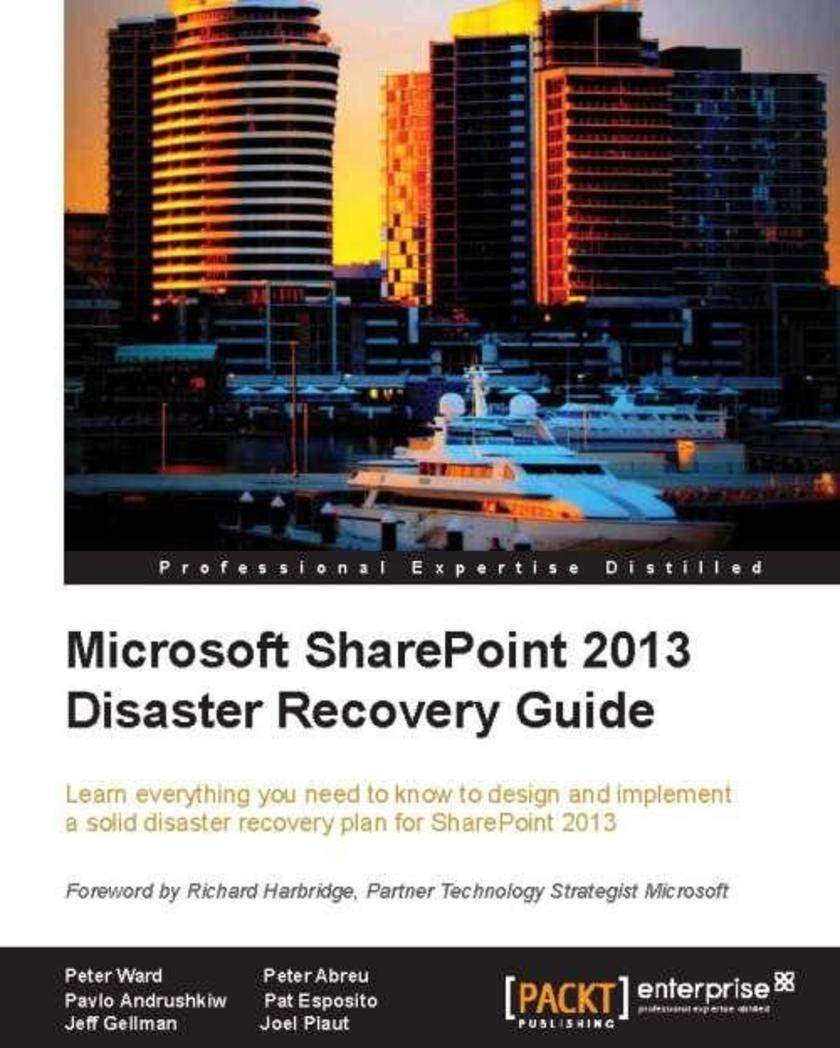
Microsoft SharePoint 2013 Disaster Recovery Guide
¥80.65
The style and approach of the book is an easytoread SharePoint admin guide. This is not a stepbystep instruction book, but rather a guide on how to implement and execute a disaster recovery plan to your SharePoint environment.This book is great for both SharePoint and SQL administrators new to the SharePoint 2013 architecture, and who are looking to get a good grounding in how to use implement a solid disaster recoveryrecovery plan. It's assumed that you have some experience in SharePoint and Windows Server and, as well be familiar with SQL.
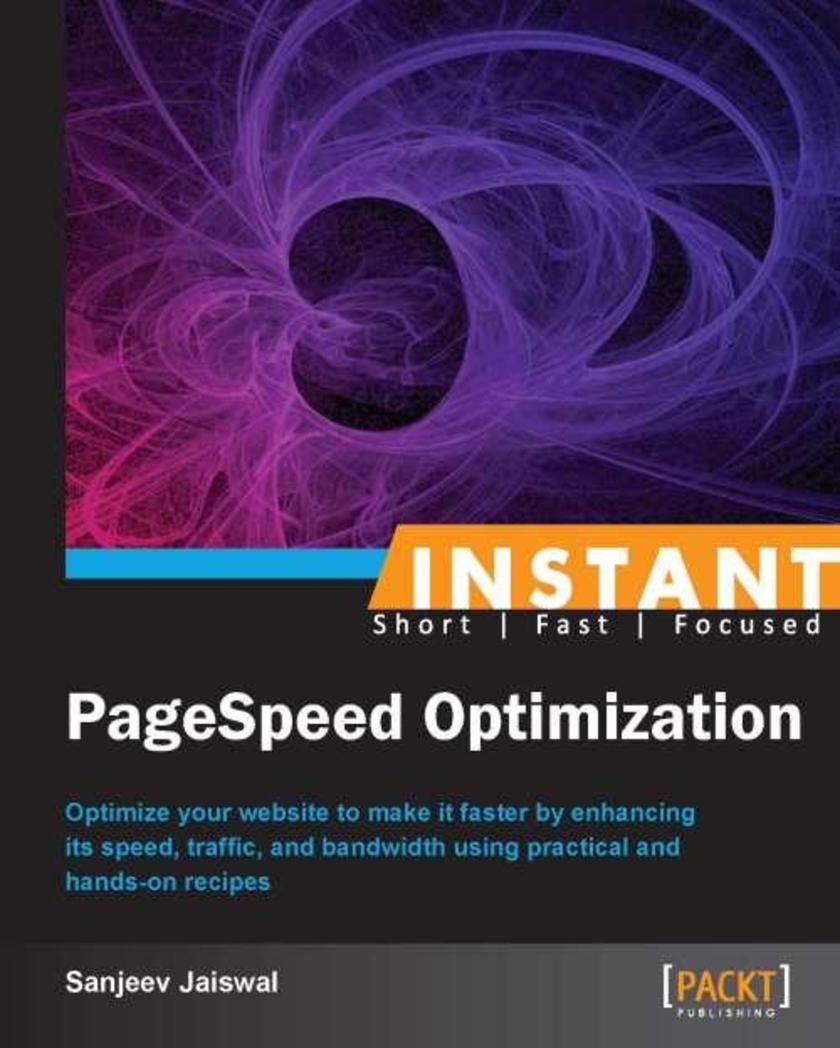
Instant PageSpeed Optimization
¥45.77
Filled with practical, step-by-step instructions and clear explanations for the most important and useful tasks. Instant PageSpeed Optimization is a hands-on guide that provides a number of clear, step-by-step exercises for optimizing your websites for better performance and improving their efficiency.Instant PageSpeed Optimization is aimed at website developers and administrators who wish to make their websites load faster without any errors and consume less bandwidth. It’s assumed that you will have some experience in basic web technologies like HTML, CSS3, JavaScript, and the basics of networking, as well as knowing how to edit Apache configuration.
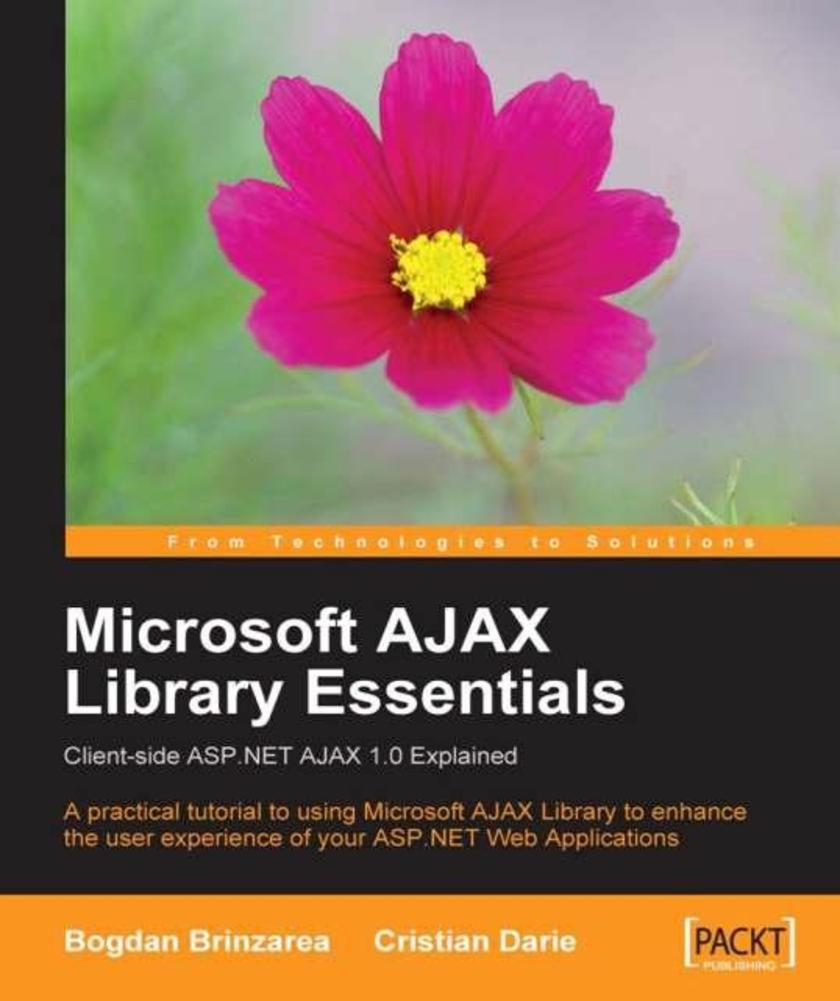
Microsoft AJAX Library Essentials: Client-side ASP.NET AJAX 1.0 Explained
¥71.93
This book is a practical tutorial to get you confident and comfortable working with the Microsoft AJAX suite. Packed with step-by-step examples and detailed explanations of how the examples work, this book is the ideal first step into the exciting world of AJAX in ASP.NET This book has been written for ASP.NET developers entering the world of the ASP.NET AJAX Framework, and for existing ASP.NET AJAX developers looking for a more detailed tutorial on the client-side of the framework: the Microsoft AJAX Library.
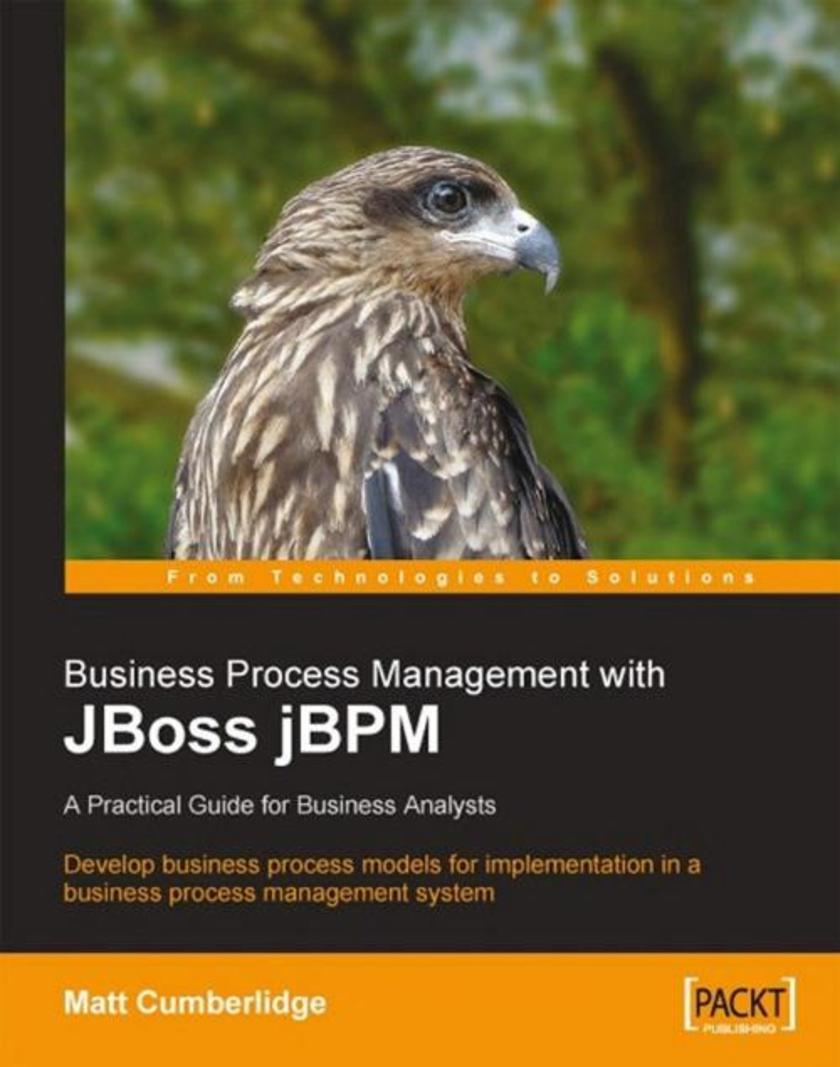
Business Process Management with JBoss jBPM
¥90.46
This is a book for Business Analysts (BAs) who need to develop a process model for implementation in a business process management system. Developers looking at the JBoss jBPM toolset will also find it a useful introduction to the key concepts. This book is a full toolkit for someone who wants to implement BPM in the right way. This toolkit is particularly aimed at Business Analysts, although Project Managers, IT managers, developers, and even business people can expect to find useful tools and techniques in here. We will present the project framework, analysis techniques and templates, BPM technology and example deliverables that you need to successfully bring a BPM solution into your organization.
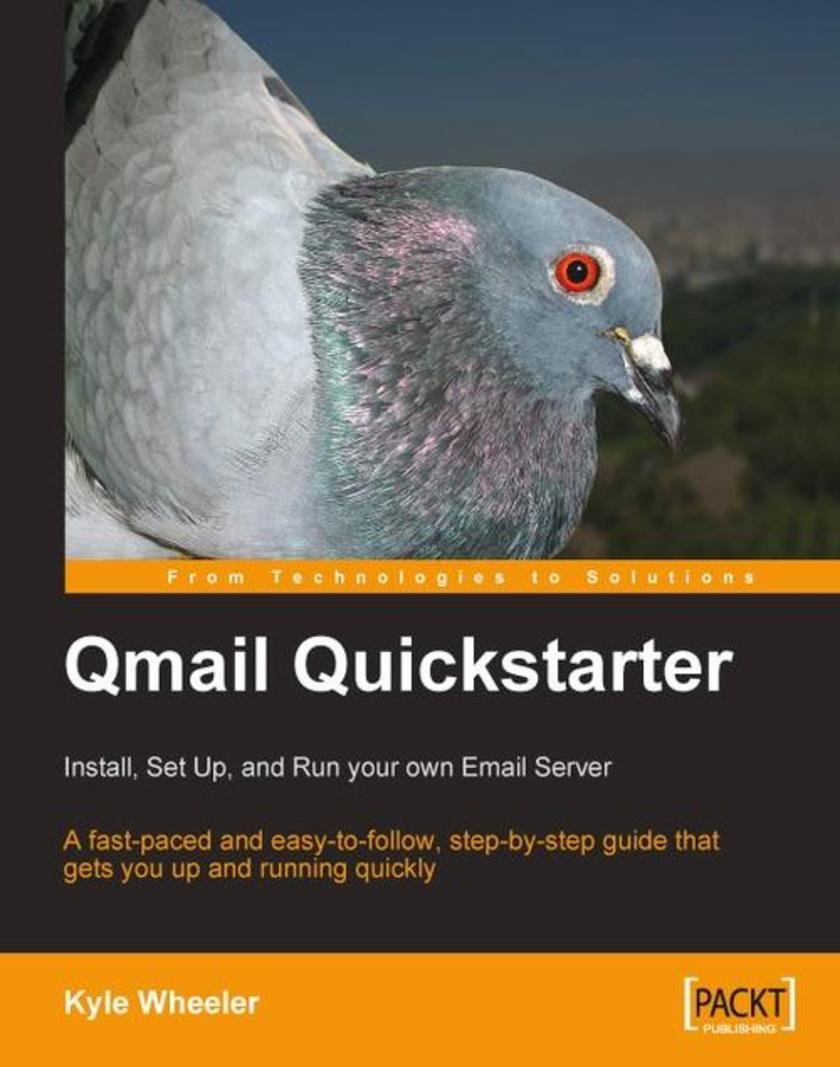
Qmail Quickstarter: Install, Set Up and Run your own Email Server
¥45.77
This book gives practical examples that system administrators can use right away, but it also explains the basics behind every example clearly. This book is targeted at System Administrators familiar with Linux/UNIX and DNS servers who need to set up qmail.
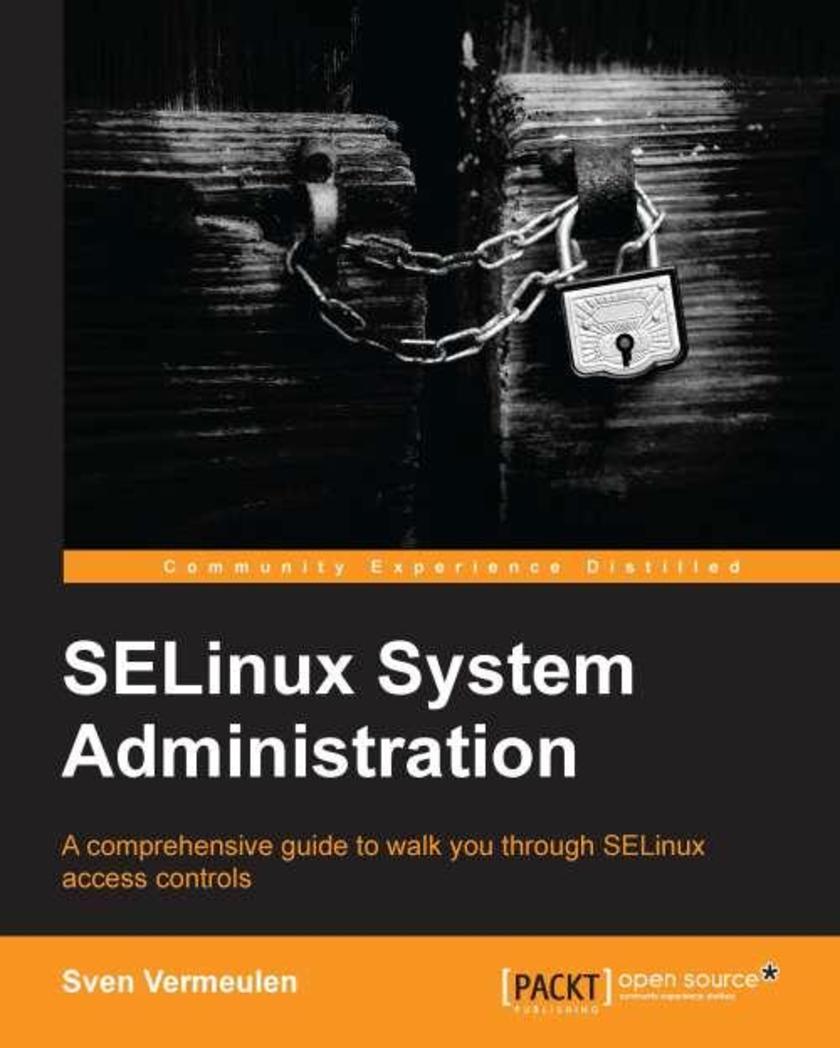
SELinux System Administration
¥59.94
A step-by-step guide to learn how to set up security on Linux servers by taking SELinux policies into your own hands.Linux administrators will enjoy the various SELinux features that this book covers and the approach used to guide the admin into understanding how SELinux works. The book assumes that you have basic knowledge in Linux administration, especially Linux permission and user management.
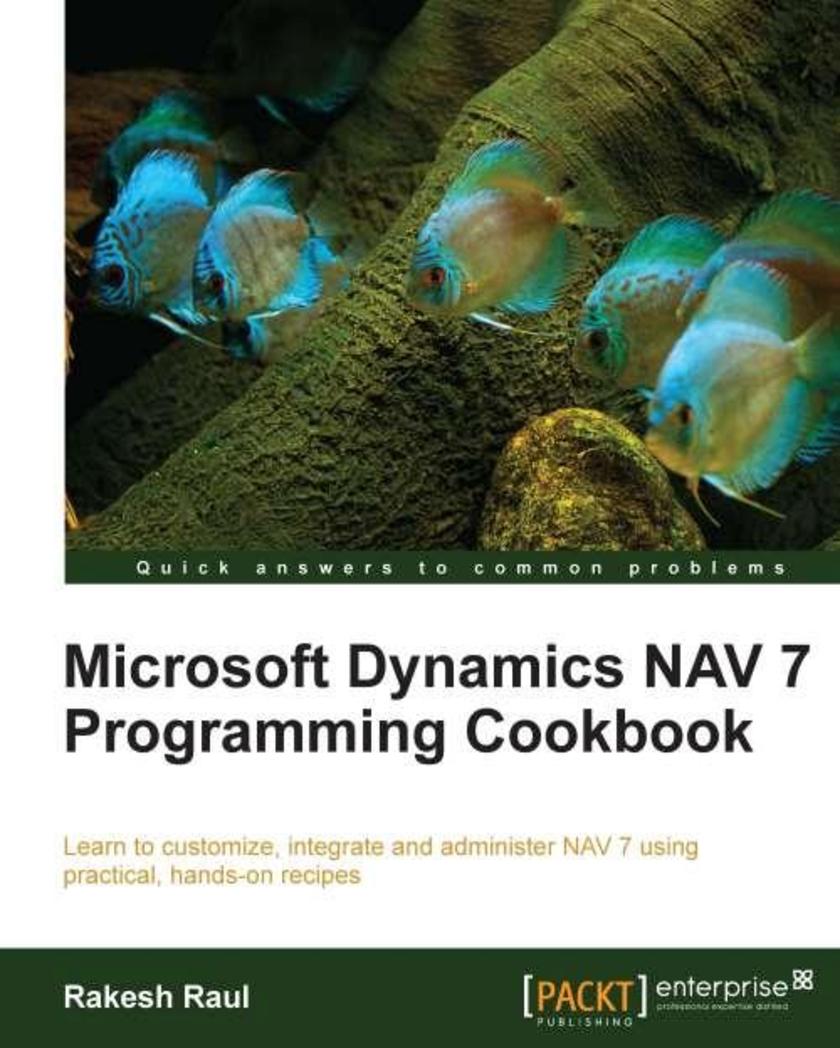
Microsoft Dynamics NAV 7 Programming Cookbook
¥99.18
Written in the style of a cookbook. Microsoft Dynamics NAV 7 Programming Cookbook is full of recipes to help you get the job done.If you are a junior / entry-level NAV developer then the first half of the book is designed primarily for you. You may or may not have any experience programming. It focuses on the basics of NAV programming.If you are a mid-level NAV developer, you will find these chapters explain how to think outside of the NAV box when building solutions. There are also recipes that senior developers will find useful.
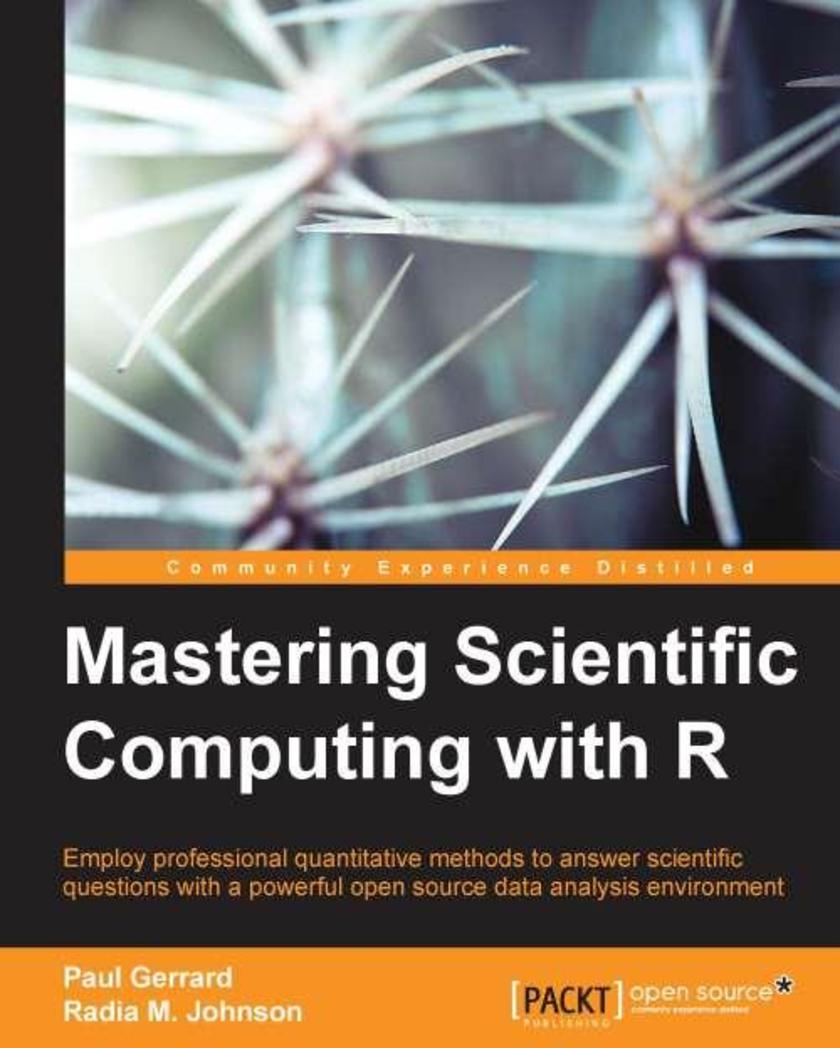
Mastering Scientific Computing with R
¥90.46
If you want to learn how to quantitatively answer scientific questions for practical purposes using the powerful R language and the open source R tool ecosystem, this book is ideal for you. It is ideally suited for scientists who understand scientific concepts, know a little R, and want to be able to start applying R to be able to answer empirical scientific questions. Some R exposure is helpful, but not compulsory.
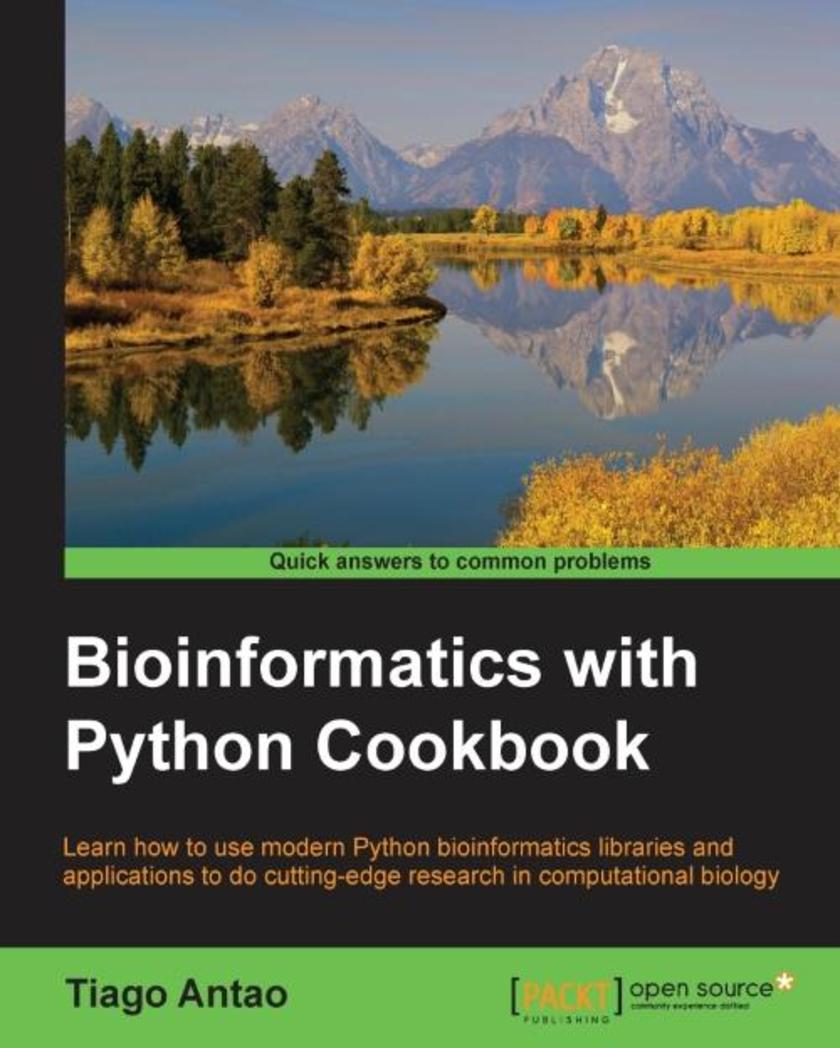
Bioinformatics with Python Cookbook
¥99.18
If you have intermediate-level knowledge of Python and are well aware of the main research and vocabulary in your bioinformatics topic of interest, this book will help you develop your knowledge further.
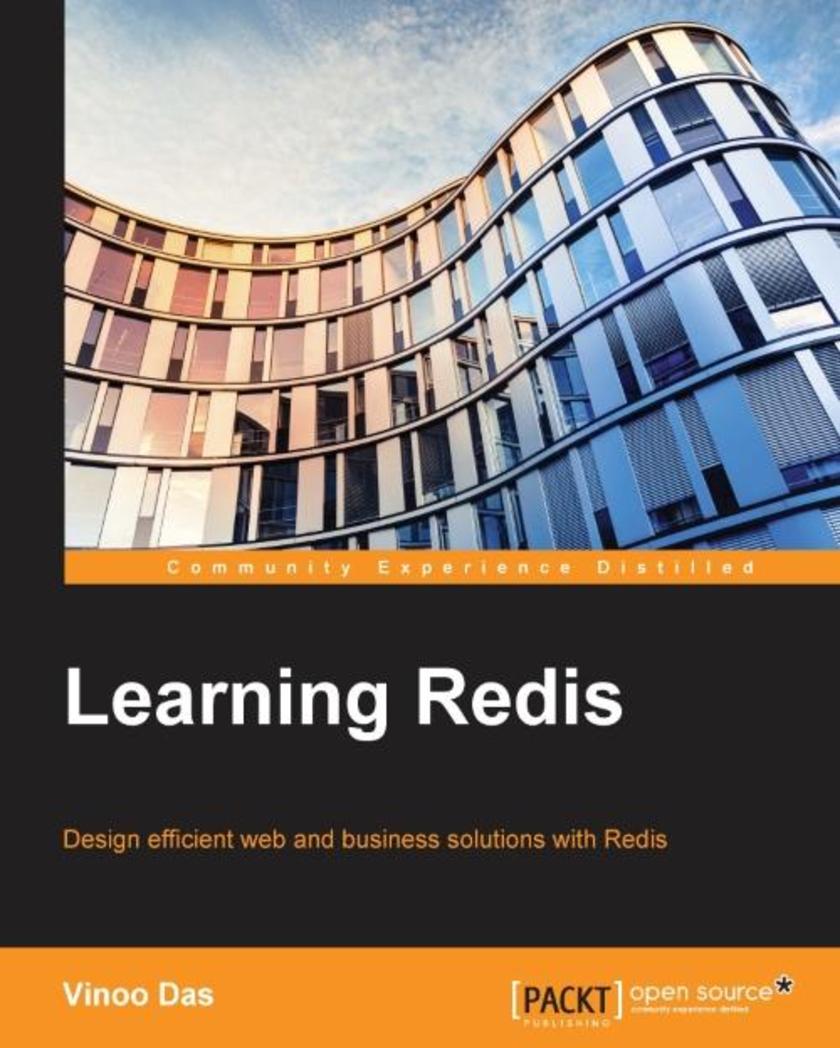
Learning Redis
¥80.65
This book is for SQL developers who want to learn about Redis, the key value database for scalability and performance. Prior understanding of a programming language is essential; however no knowledge of NoSQL is required.
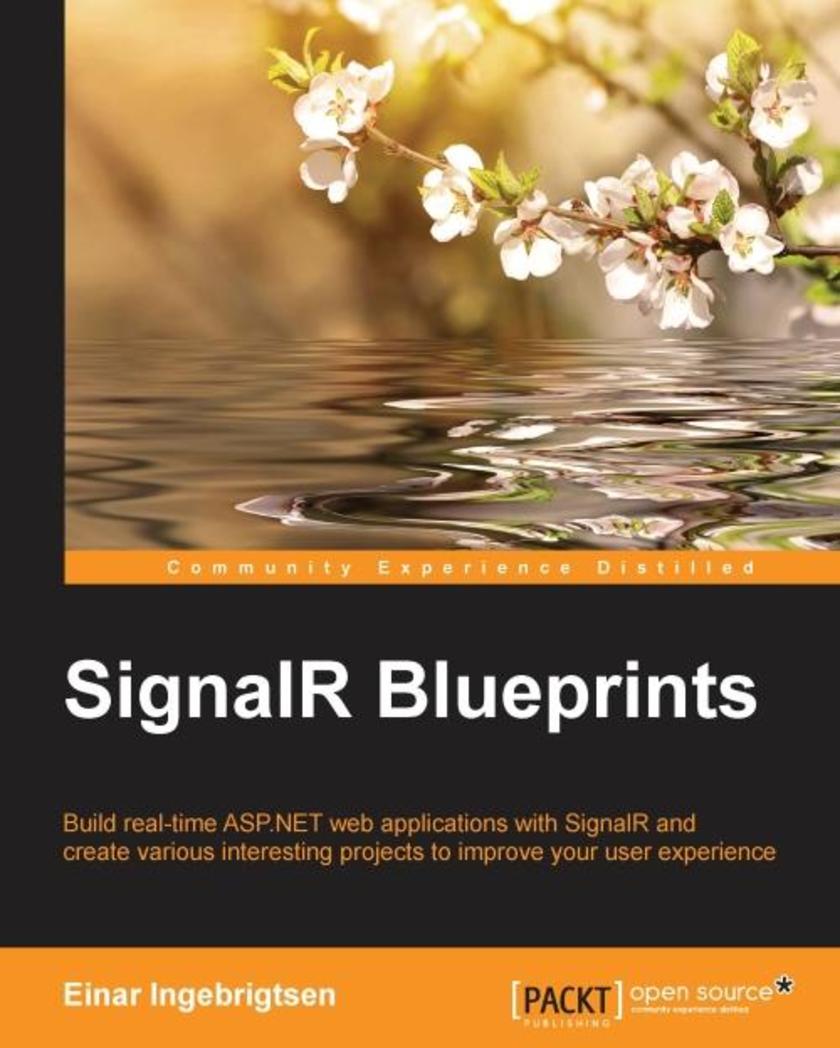
SignalR Blueprints
¥80.65
This book is designed for software developers, primarily those with knowledge of C#, .NET, and JavaScript. Good knowledge and understanding of SignalR is assumed to allow efficient programming of core elements and applications in SignalR.
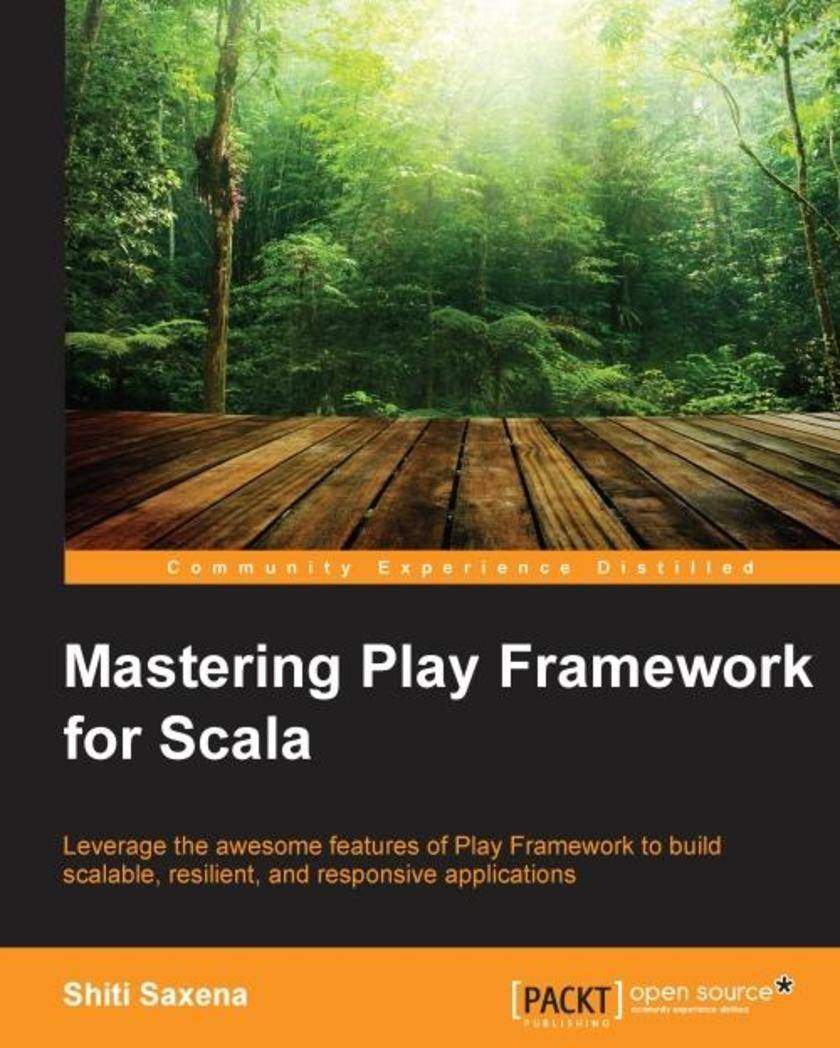
Mastering Play Framework for Scala
¥90.46
This book is intended for those developers who are keen to master the internal workings of Play Framework to effectively build and deploy web-related apps.
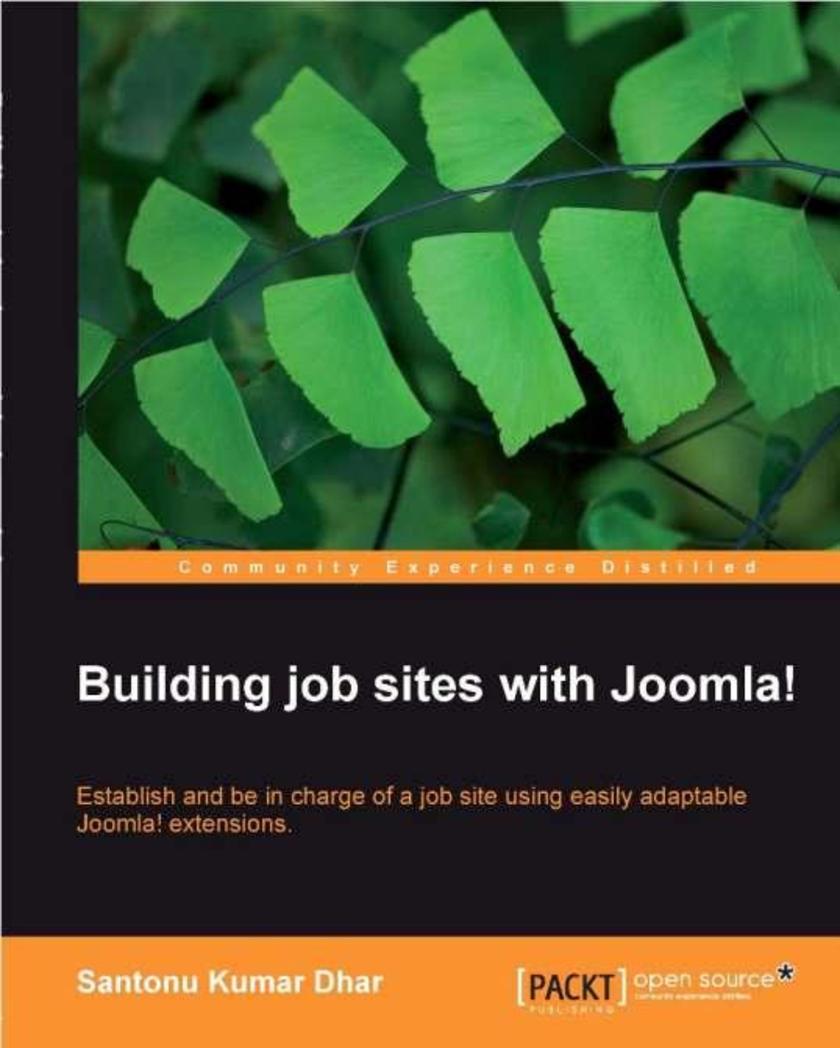
Building job sites with Joomla!
¥71.93
This will be a step-by-step tutorial - a workbook with practical approach. The book starts by looking at the important features that make a professional job site: adding and managing jobs, jobseekers and employers, providing online recruitment services, selling credits and managing credit system, SEO to drive huge traffic to your job site, and so on. This book includes a lot of screenshots which not only illustrate tasks but also create a visual impact. This book contains overall necessary information that is important for the understanding of job site development. If you are looking for building and managing a job site using Joomla! extensions then this book is for you. Prior knowledge of using extensions is not expected but Joomla! basics will be required.
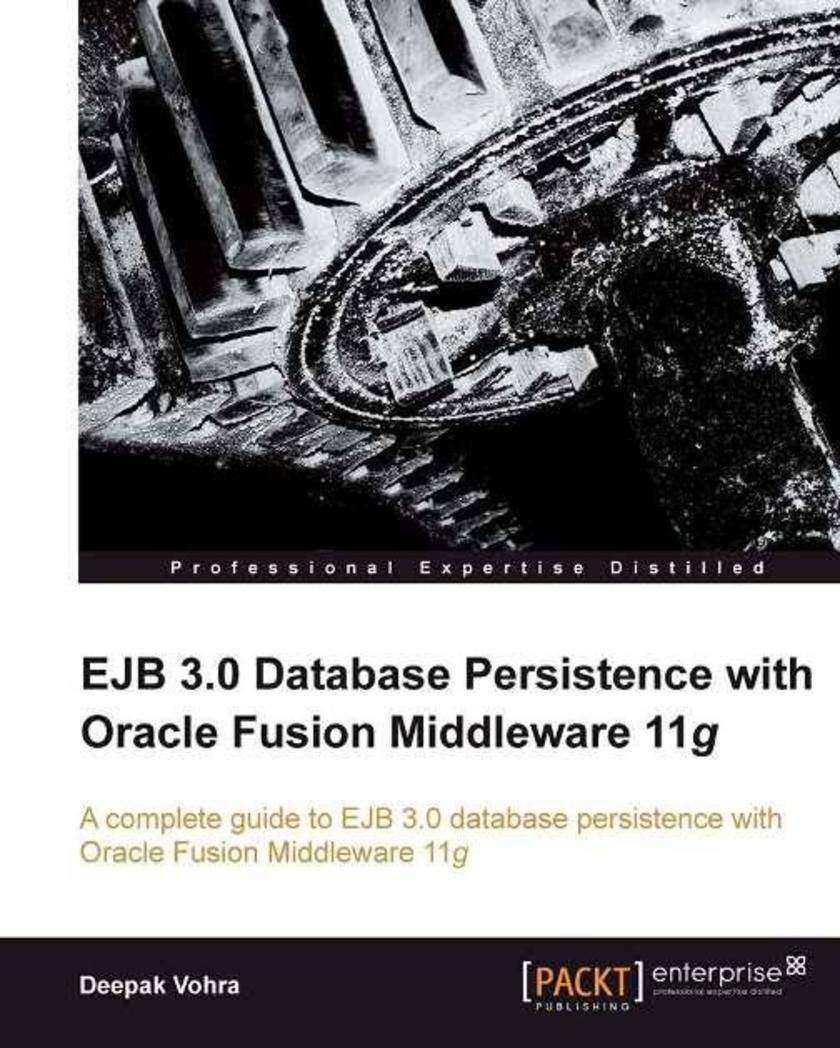
EJB 3.0 Database Persistence with Oracle Fusion Middleware 11g
¥99.18
This is a practical, tutorial-style book that includes many examples that demonstrate how to develop EJB 3.0 database persistence applications with Oracle Fusion Middleware 11g. Every chapter starts with setting the environment for the chapter and includes an example application illustrated with figures at milestone stages. This book is aimed at EJB 3.0 application developers who want to learn about the practical use of EJB 3.0 database persistence with Oracle Fusion Middleware. Those who are already using EJB 3.0 database persistence will learn about using EJB 3.0 database persistence with Oracle Fusion Middleware 11g. The target audience is expected to have some prior knowledge about Java EE, EJBs, EJB 3.0, JSF, AJAX, web services, and XML. This book is ideal for those developers who have working knowledge of JDeveloper and WebLogic server, and wish to learn about the practical use of EJB 3.0 with Oracle Fusion Middleware.
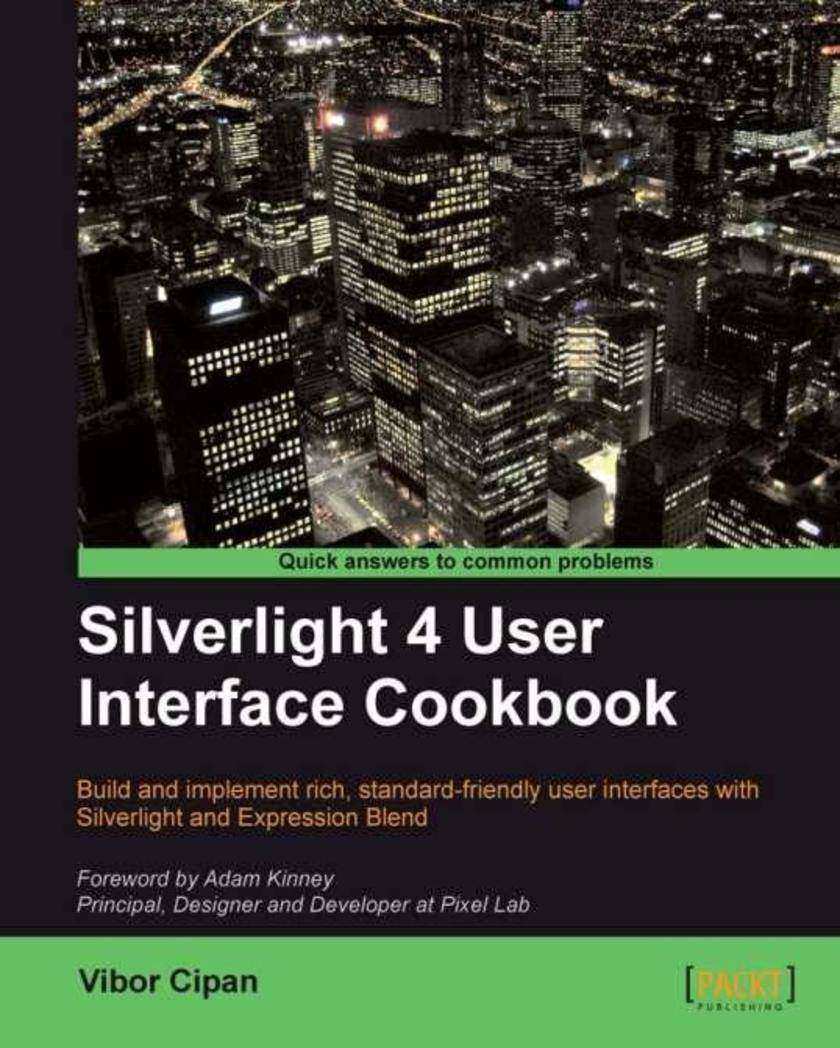
Silverlight 4 User Interface Cookbook
¥90.46
Written in a Cookbook style, this book offers learning and techniques through recipes. It contains step-by-step instructions for designers and developers who want to learn about how to design and implement numerous user interface patterns with Silverlight. It will take you a step further by providing you with professional and proven user interface and user experience guidelines wherever possible. The book is designed in such a way that you can explore it chapter-by-chapter, or read it in any order. Written in a Cookbook style, this book offers learning and techniques through recipes. It contains step-by-step instructions for designers and developers who want to learn about how to design and implement numerous user interface patterns with Silverlight. It will take you a step further by providing you with professional and proven user interface and user experience guidelines wherever possible. The book is designed in such a way that you can explore it chapter-by-chapter, or read it in any order.
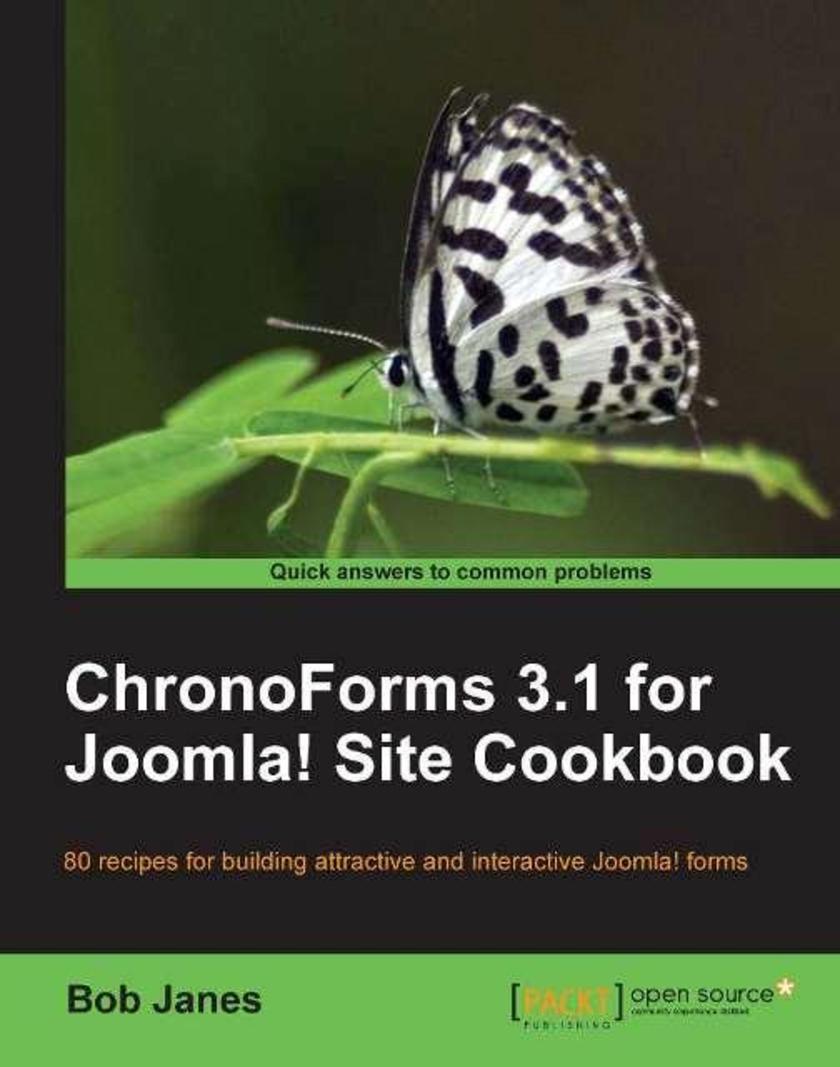
ChronoForms 1.3 for Joomla! site Cookbook
¥80.65
This book is the missing manual for creating forms on your Joomla! site. Using simple examples that you can easily follow we will show you how you can create forms of almost any kind. Most of the chapters focus on one topic starting with simple recipes for new users and then adding new features that add more to the form but may also require more knowledge and experience to implement.Other chapters look in more detail at adding special features, or creating forms to perform particular tasks. Again the recipes range from those that a new user can easily implement to those that will help more advanced developers.Each recipe is kept as simple as possible and set out so that it can be easily implemented with the code supplied; and the recipes are also a set of building blocks that you can use to create much more complex forms using several recipes to build your form.As far as space allows we have explained how the code works, what features of Joomla or of ChronoForms we are using and we’ve offered suggestions in the ‘There’s more . . .’ sections for ways in which the basic recipe can be extended or adapted.The code examples are complete and can be adapted by new users with the minimum of customization or they can be as a starting point for developers with more coding experience to build on and adapt to create fully customized form applications. This is a practical hands-on book for people who want to add forms to their Joomla! site. Whether you just want to add a simple newsletter sign-up form or a complex multi-page interactive form you’ll find helpful suggestions and recipes that will get your forms working. Many recipes will work ‘out-of-the-box’ using ChronoForms built-in capabilities; other more advanced recipes require some knowledge of Joomla!, HTML, CSS ,PHP, MySQL or JavaScript. There is working code with each recipe that you can adapt to meet your specific needs.
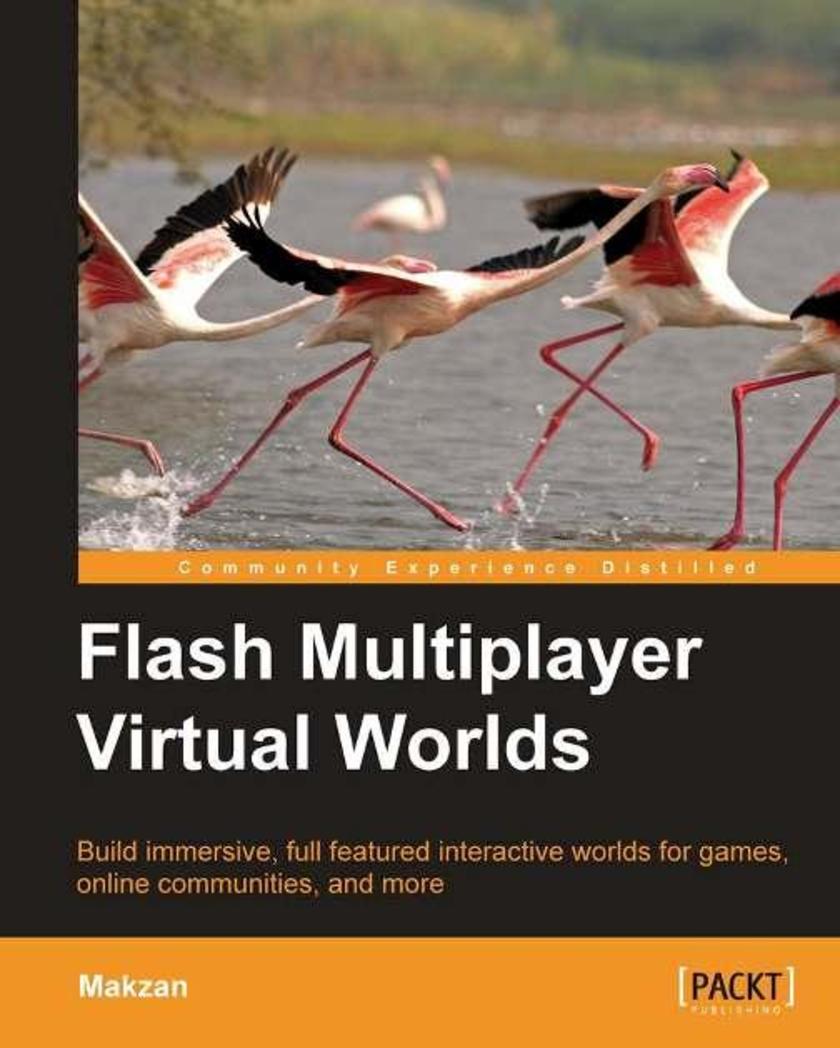
Flash Multiplayer Virtual Worlds
¥90.46
This is a step-by-step, hands-on guide that is filled with examples and screenshots of building a multiplayer virtual world. The virtual world is built gradually; each chapter in the book sequentially develops the virtual world. The author explains the fundamentals with examples from existing virtual worlds such as Club Penguin, Mole, Dofus, and World of Warcraft. If you are a Flash or an ActionScript developer who wants to build powerful and immersive multiplayer games, this book is for you. This book assumes that you have some experience with ActionScript 3.0.




 购物车
购物车 个人中心
个人中心



